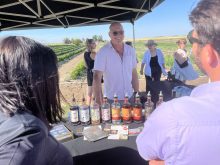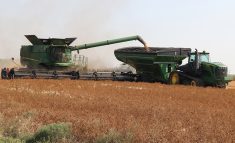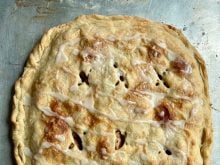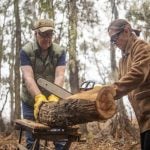VALLEY CENTRE, Sask. Ñ A two-storey post and beam home is under construction atop the rolling hills, while new lambs bleat in the nursery barn, leaves bud and swollen sloughs straddle the driveway of the quarter-section farm.
It’s springtime at Prairie Wool Farms, where Sheila Sperling-Law is building a unique home and agritourism business with her husband Fred Law and their two young boys.
In addition to sharing their love of farming in rural Saskatchewan with those in and beyond the Biggar-Rosetown community, they also want to create wool crafts and establish Saskatchewan’s only wool processing mill.
Read Also
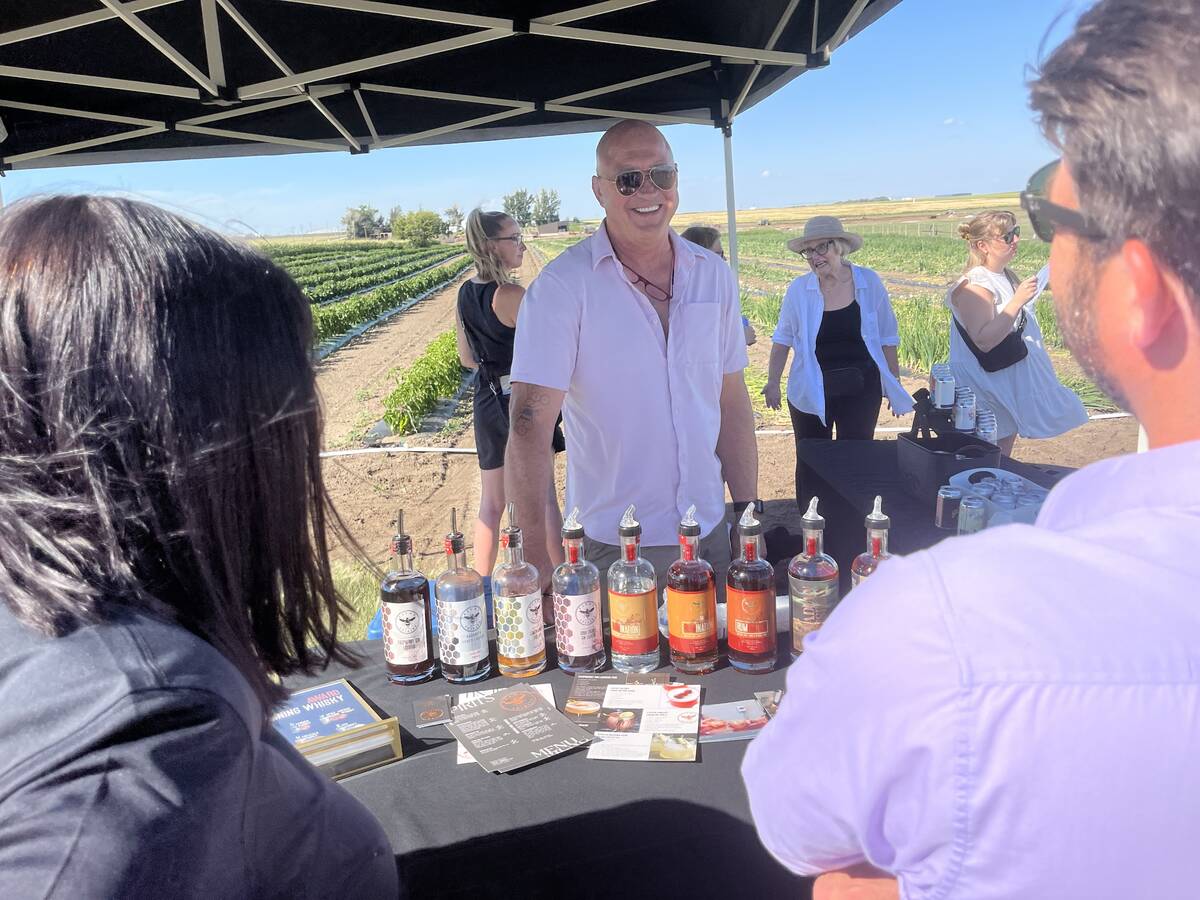
From farmer to award-winning distiller
Pivot Spirits showcases transition from farmer to distiller with provincial award-winning results in Alberta for Lars Hirch
Growing up on a farm nearby, Sperling-Law recalled many happy times as a child.
“If I felt blue, I’d come here to feel better, or I’d come here to celebrate,” she said.
Law, a native of Calgary who spent many summers on his grandfather’s farm, works full time tending the children and the sheep, tanning animal hides and maintaining the 1926 farm home that will one day house a bed and breakfast and tea room.
Sheila works as an occupational therapist for the Heartland health district but also conducts farm tours, processes wool and teaches crafts in a red-sided wool house.
“We try to send people away having learned something,” she said, noting it takes about 26 hours “from sheep to sweater.”
People of all ages gather here to study spinning, carding, felting and blending fibres that come from diverse animals and includes their own flock of 50 sheep raised for meat, wool and hides. Sperling-Law buys shed bison hair, often found blowing around corrals like dust bunnies, for $1 an ounce.
The couple believes they and others like them who have moved to Saskatchewan from Alberta and British Columbia represent a turnaround in the fortunes of the rural areas.
Sperling-Law noted how mere loonies can buy a few acres and old buildings in parts of Saskatchewan, compared to hundreds of thousands of dollars needed to buy a house in an Alberta city.
The Laws settled here with plans to create a hands-on farm vacation and crafting experience.
Currently Sperling-Law sends two-thirds of her wool to busy Alberta mills, which can take months to process. Their mill will be housed in a hip-roofed barn beside the wool house.
The long-time crafter is working on her master spinner’s designation and is experimenting with natural dyes from plants grown in her greenhouse such as alfalfa, marigolds and black-eyed susans.
The Laws chose sheep because they were small and easy to care for and provided wool for crafts. They added some free-range chickens, an alpaca called Wooky and a llama named Leonard to protect the sheep from predators like coyotes.
Since 1998, they have moved in a number of buildings and started building their dream home. They have returned cultivated land to native grasses and created gravelled pathways to make the farm accessible to all visitors.
The Laws choose to live simply, building a backyard skating rink in winter, creating a maze made of willows and shopping in local towns instead of big city malls.
“If we want local people to support our venture, then we have to support them,” said Sperling-Law.
A windmill and solar panels provide electricity for the home. In addition, they are reusing timbers from elevators, utility poles and fieldstones for their new home.
Stones and wooden discs are set in mortar to form the double walls, with a vermiculite slurry poured between the walls serving as insulation.
Old harrows, irons and metals created the rebar needed as footings to support the house and floor.
The patio is made from used chimney bricks and carraganas and willows are woven into a fence.
Law said he long dreamed of building the unique home he had read about in a book.
“I just had to find the right person who would want to build it with me,” he said.
The couple is working with the Saskatchewan Trade Export Program to tap into overseas markets and Women Entrepreneurs of Saskatchewan to tweak their business plan.
They sell their wares at craft shows and trade fairs and through e-Bay to the United States. They plan to develop a business website.
The Laws also helped form the Bear Hills and Prairie Trails Tourism Association to draw visitors off the highway to their retreat. Sperling-Law believes the Prairies have much to offer travellers.
“People want to experience and learn something when they travel,” she said.
“People want to come out and do things,” added Law.
Sperling-Law doubts rural Saskatchewan will be a tough sell.
“Being away helped me appreciate what’s here,” she said.
She cited people’s desire to see the spring lambs or play in the haunted house they created in their barn that drew more than 400 people last Halloween.
“If we build it, they will come,” she said.


